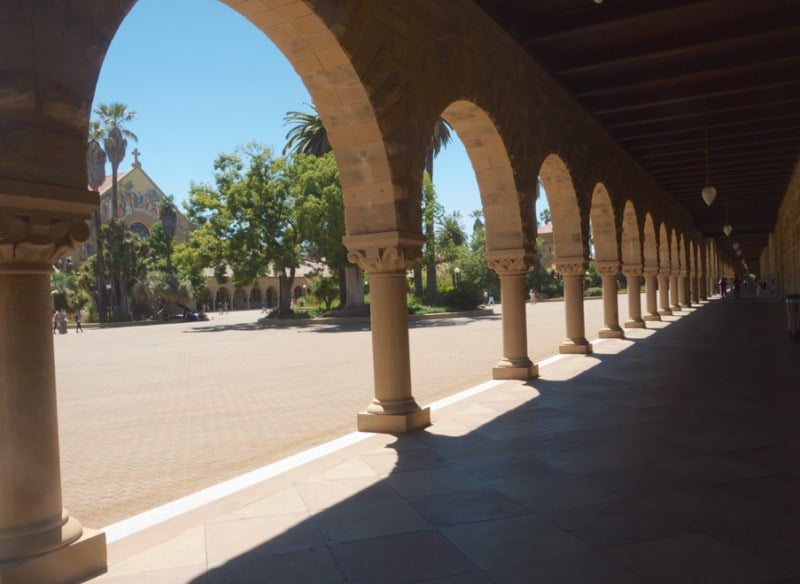As The Daily Editorial Board, we worry that this community’s most vulnerable populations are not being adequately recognized in the response to the spread of COVID-19. We call on the administration to protect Stanford’s often overlooked populations and implore students to take this outbreak more seriously by considering all members of our community and recognizing the virus’ differential impacts on the population.
Stanford’s service workers, including custodial and dining staff, are the frontline of the University’s response to the virus. Though Stanford has taken precautionary measures to protect students, faculty and staff — cancelling classes, making exams take-home and limiting gatherings — the campus remains open. As such, it has committed to keeping dining halls running for remaining students and increasing cleaning services to hamper spread of the virus.
We call on Stanford to commit to providing its service workers the same level of communication, support and protection as it provides its students, faculty and staff. The administration can take active and reasonable measures to lessen the risk for service workers by hiring more workers explicitly to fill understaffed and strained positions as hours are increased and maintaining clear communications about the risks of continuing to work, while compensating workers at levels commensurate to the increased risks.
More broadly, we urge our communities to recognize the differential risks that COVID-19 places on members of our community. It is true that for many healthy adults on campus, the novel coronavirus does not present a serious danger. But University measures and policies, such as canceling in-person classes, are made not with only the healthy adults in mind. They have the aim of protecting those who are at higher risk of dangerous exposure to the virus, like the immunocompromised and those who cannot return home for financial or other reasons, while slowing the spread of coronavirus to protect those outside of our community. We must recognize the potential impact of COVID-19’s spread on every member of our community, and to give due seriousness to the measures that must be taken in response.
Many articles have been published in the past few days with nuanced perspectives on the virus and its effects on communities at Stanford. Students for Workers’ Rights has outlined a set of demands to the University regarding its treatment of service workers at Stanford; Cathy Yang has called for a more sensitive approach to humor in the context of the virus; Emily Wilder has argued that well-meaning dismissal of the potential effects of the virus is just as bad as panic; and Ryan Crowley has called for thinking empathically and with an eye toward supporting one’s communities. These students lay out specific arguments of this article far better than we could, and they provide a model of the seriousness with which we must view the developing coronavirus situation, as well as the consideration we must extend to one another in this time.
This outbreak is one that affects the lives of every member of our community. How Stanford responds, both as a University and as a community, may prove to be the difference between life and death. Though the ramifications may not be felt acutely and equally across campus, we all hold the responsibility to protect all members of our community in any way possible. It falls on the University now, more than ever, to protect its most vulnerable populations, and we implore students to take up that mantle as well and reflect the outbreak’s gravity in their actions. The choice to dismiss this virus is not one that everyone has the luxury to make.
The Vol. 257 Editorial Board consists of Claire Dinshaw ’21, Malavika Kannan ’23, Layo Laniyan ’22, Adrian Liu ’20, Jasmine Liu ’20 and Willoughby Winograd ’22.
Contact the Vol. 257 Editorial Board at opinions ‘at’ stanforddaily.com.
